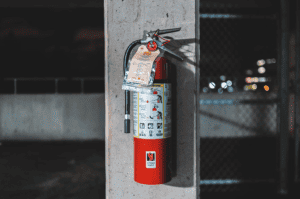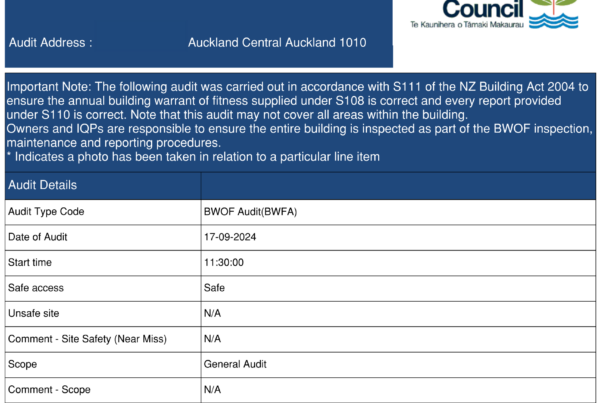Fire protection for storage facilities
Storage facility fires can present devastating outcomes for not only the owner and/or renter, but also staff and the wider community. A robust fire protection system, safe storage rules, and an approved evacuation scheme are the best defence against the potential loss of livelihood and life that a warehouse fire can cause. Facility owners/occupiers are responsible for the mitigation of fire risk.
Fire protection for storage facilities must take into consideration the type of inventory being stored and possible dangerous goods, how inventory is being stored, and the potentially high flow of people in the facility. These factors will dictate the overall fire protection system design.
Prevention through passive fire protection
Passive fire protection in storage facilities uses construction elements within the building design to delay or prevent the spread of smoke and fire. A good fire protection system takes into account the key fire rated requirements for:
- The number of exit-ways
- Fire and smoke-stop doors
- Fire barriers and walls, and
- Construction materials, including internal surface linings.
 Suppression through active fire protection
Suppression through active fire protection
All storage facilities built in New Zealand require active fire protection components to meet the NZ building code and fire safety standards. These include:
- Fire alarms – both automatic and manual
- Sprinkler systems
- Fire hydrants
- Special hazard protection
By incorporating both manual and automatic fire protection systems in a storage facility, there is the advantage of early fire detection and activation of fire suppression systems, even if no one is onsite at the time of the fire outbreak.
Water sprinklers vs dry chemical suppression systems
Water sprinkler systems, while effective fire suppressants in most cases, are not compatible with certain storage facilities due to the type of inventory held. If this is a particular concern for a facility, a dry chemical agent system may be better suited. These use dry chemical compounds to quickly suppress the fire by powder-coating the fuel.
Fire risk mitigation in day-to-day operations
Even with a robust fire protection system design, there are still day-to-day considerations to mitigate the risk of fire. Storage facility operators are responsible for ensuring safe storage practices, such as:
- Guarding against overstocking
- Storing dangerous goods correctly
- Ensuring exits are clear of inventory or obstacles
- Staff and visitor awareness of fire hazards and rules around these
- Implementing an fire evacuation procedure approved by Fire and Emergency NZ.
Fire protection requires coordinated design
There are many key considerations when it comes to designing a storage facility’s fire protection system. Origin Fire’s design coordination activity begins by making sure the design team is aware of the key requirements of the fire engineering design during the design phase. This ensures all design consultants are working to the fire engineering design, which in turn smooths the consent process, decreases downtime at construction, and increases cost efficiency from the start.
Origin’s approach to comprehensive fire protection ensures easy collaboration and design team communication across all services and stages. This results in the safest and most cost-effective way to ensure your storage facility is built to code and meets New Zealand’s fire safety standards.



